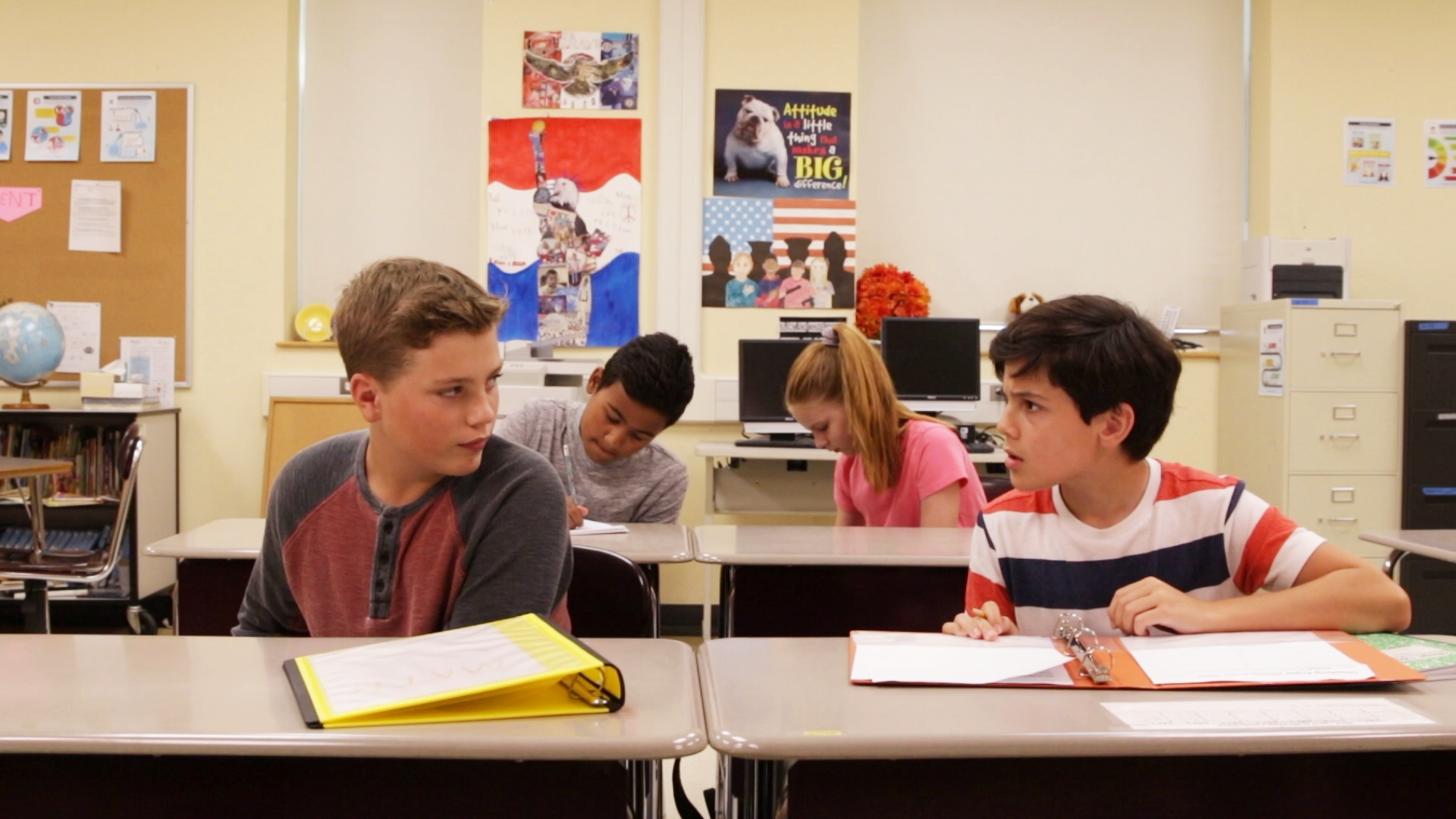
Introduction
Conflicts with friends are a natural part of life, and teaching students how to handle them is essential for their social-emotional development. This blog post will discuss a practical approach to resolving conflicts using Problem Solving Steps. By learning these steps, students can navigate disagreements and strengthen their friendships in the process.
No-Prep Activity: The Conflict Resolution Role-Play
The Conflict Resolution Role-Play is an activity that requires no preparation or materials from the educator. This activity helps students practice the Problem Solving Steps in a safe and controlled environment. Follow these steps to conduct the activity:
- Divide the class into pairs.
- Provide each pair with a common conflict scenario (e.g., borrowing a toy without permission).
- Ask the students to role-play the conflict, with one student playing the role of themselves and the other playing the role of their friend.
- Have the students switch roles and repeat the process.
- After each role-play, discuss the problem-solving steps used and how the conflict was resolved.
Discussion Questions
Use these discussion questions to stimulate further conversations about conflict resolution and the Problem Solving Steps:
- Why is it important to identify the problem before trying to solve it?
- How can understanding both sides of the conflict help us find a solution?
- What are some examples of when it might be necessary to involve an adult in a conflict?
- How can apologizing help resolve conflicts with friends?
- Why is it essential to consider the consequences of each solution before choosing the best one?
Related Skills
In addition to conflict resolution, there are other relevant skills students can benefit from in their social-emotional learning journey. These skills include:
- Active listening: Being fully present and attentive when a friend is speaking, which can lead to better understanding and empathy.
- Empathy: Understanding and sharing another person’s feelings, which can help create a more supportive and caring environment.
- Assertiveness: Expressing one’s thoughts and feelings respectfully and confidently, which can help prevent misunderstandings and conflicts.
- Emotion regulation: Managing one’s emotions in challenging situations, which can lead to more effective problem-solving and conflict resolution.
Next Steps
By teaching students the Problem Solving Steps and incorporating other social-emotional learning principles, educators can help students develop the skills they need to handle conflicts with friends effectively. To further support your students’ social-emotional growth, consider signing up for free samples of related materials at Everyday Speech. These resources can provide additional guidance and activities to help students build strong, healthy friendships.

